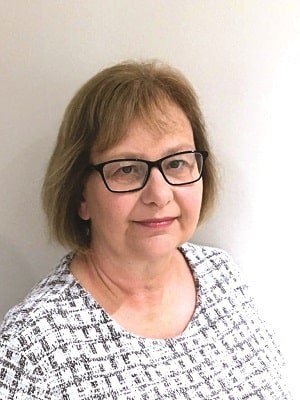Special educational needs coordinator
Each issue a different professional shares their expert advice and gives information to help you support your child. This time Janet Humble, a special educational needs coordinator (SENCO), shares her insights.

What is a SENCO?
A SENCO coordinates provision for and works with pupils with special educational needs (SEN). As a SENCO I’m responsible for all pupils on the SEN register which is around 50–60 pupils at my school. Every school must have a named SENCO who must be a qualified teacher.
How and when do you work with deaf children and young people?
Working with pupils can range from calling into a classroom to observe them for a short period to interacting with them around the school and trialling activities and interventions with them before recommending these to staff. I often work alongside a teaching assistant. When working with deaf children and young people, I would always try to gauge how they’re feeling about school and build up a relationship with them so that they’d feel able to be honest about any concerns they have.
What support can deaf children and young people expect from their SENCO?
A SENCO will ensure staff training is up to date and coordinate meetings with other professionals, for example the Teacher of the Deaf. We make sure we consider the different environments the pupil’s working in, adjust provision to maximise progress and wellbeing and build on the child’s strengths. The SENCO also liaises with the family.
What are the most rewarding parts of your job?
Seeing first-hand the positive impact of arrangements you’ve put in place is very rewarding. I feel most satisfied when families work closely with us and develop trust and confidence that we have their child’s best interests at heart.
Which different methods do you use to communicate with deaf children and young people?
All our pupils wear hearing technology and I use eye contact, speak slowly and clearly and supplement with gesture and photographs/props as necessary. In our school Makaton is also used to help a range of learners.
What challenges do deaf children and young people face at school and how do you overcome these?
It’s vital that all staff have as much knowledge and understanding of deafness as possible. Teaching styles need to be about using visual and practical based teaching too. It’s also important that their peers recognise any challenges deaf pupils face so that they can be as understanding and supportive as possible.
What advice would you give to parents of deaf children or deaf young people working with a SENCO?
I would say they should always feel comfortable to ask questions and seek clarification if they’re unsure about anything. It’s important for both parents and SENCOs to share as much information as possible with each other. If parents work closely together with all the professionals involved with their child then we can build an effective team.
